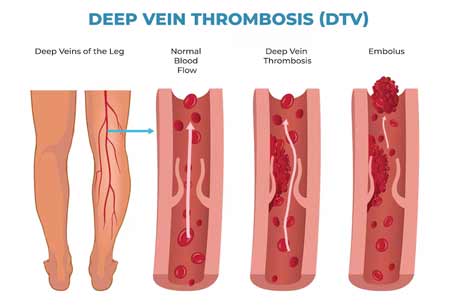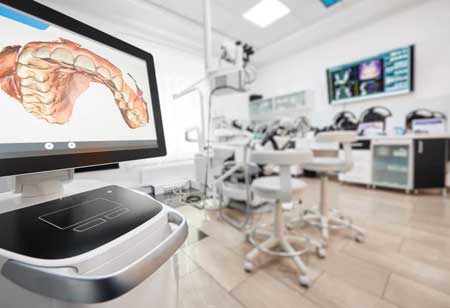Thank you for Subscribing to Healthcare Business Review Weekly Brief
Be first to read the latest tech news, Industry Leader's Insights, and CIO interviews of medium and large enterprises exclusively from Healthcare Business Review
What are the Most Common Types of Vascular Diseases?
Vascular diseases impact the arteries, veins, and capillaries within the body. These conditions can interfere with blood circulation to different organs and tissues, leading to potentially serious complications. This article delves into some of the most significant types of vascular diseases.

By
Healthcare Business Review | Friday, October 24, 2025
Stay ahead of the industry with exclusive feature stories on the top companies, expert insights and the latest news delivered straight to your inbox. Subscribe today.
Fremont, CA: Vascular disease encompasses any condition that poses a risk to the health and operation of the vascular system. The vascular system contains a complex network of blood vessels, which includes arteries, veins, and capillaries, responsible for transporting blood throughout the body.
It is essential to understand the most prevalent forms of vascular diseases:
Peripheral Artery Disease:
Deposing fatty plaque in the arteries can impede blood flow through the peripheral arteries, which transport blood away from the heart, leading to peripheral artery disease (PAD).
PAD primarily impacts the legs. Approximately 25 percent of individuals with PAD experience symptoms such as pain, aching, or cramping in the lower limbs, particularly during physical activity. Weakness and numbness in the legs are also frequently reported. However, around 20 percent of those affected do not exhibit any symptoms.
Management of PAD can alleviate symptoms and decrease the likelihood of significant health events, such as heart attacks or strokes. Physicians may advise patients to quit smoking, adopt a heart-healthy diet, increase physical activity, and maintain an appropriate weight.
Common medications prescribed for the treatment of PAD include:
● aspirin
● statins
● angiotensin-converting enzyme (ACE) inhibitors
● angiotensin II receptor blockers (ARBs)
Limb-Threatening Ischemia:
Without appropriate intervention, peripheral artery disease (PAD) can advance to a critical condition known as limb-threatening ischemia (LTI). In cases of LTI, reduced blood circulation to the limbs can lead to nerve damage. Individuals suffering from LTI may also experience the development of leg ulcers or infections.
Common symptoms associated with LTI include cramping, burning sensations, and pain in the affected region. In some instances, LTI may manifest suddenly, often presenting with weakness, coldness, and intense pain in the affected limb.
An endovascular procedure may be required to restore blood flow. This could involve:
● Angioplasty, which employs a gradually inflated balloon to expand the artery
● The insertion of a stent to maintain the artery's openness
● The removal of plaque from the artery.
Carotid Artery Disease:
The accumulation of plaque in the carotid arteries, the two major blood vessels in the neck, can lead to a lesser or total blockage of blood flow to the brain. Should a blood clot or a piece of plaque dislodge and become lodged in a smaller artery within the brain, it may result in a stroke.
Carotid artery disease can progress to a relatively advanced stage without any noticeable symptoms. Individuals may experience a ministroke, referred to as a transient ischemic attack (TIA), or a full-blown stroke.
In addition to following a healthy lifestyle and taking prescribed medications, a physician may suggest surgical interventions, including:
● Carotid endarterectomy to eliminate plaque
● Carotid angioplasty to widen a blocked carotid artery
● Carotid artery stenting to maintain openness and ensure unobstructed blood flow.
A well-functioning vascular system is essential for adequate blood circulation throughout the body. When diseases impact the vascular system, they can elevate the risk of severe complications, such as heart attacks or strokes.
Timely intervention is crucial in reducing this risk. You should inform a healthcare professional if you observe any symptoms, enabling you to receive the necessary diagnosis and treatment.






